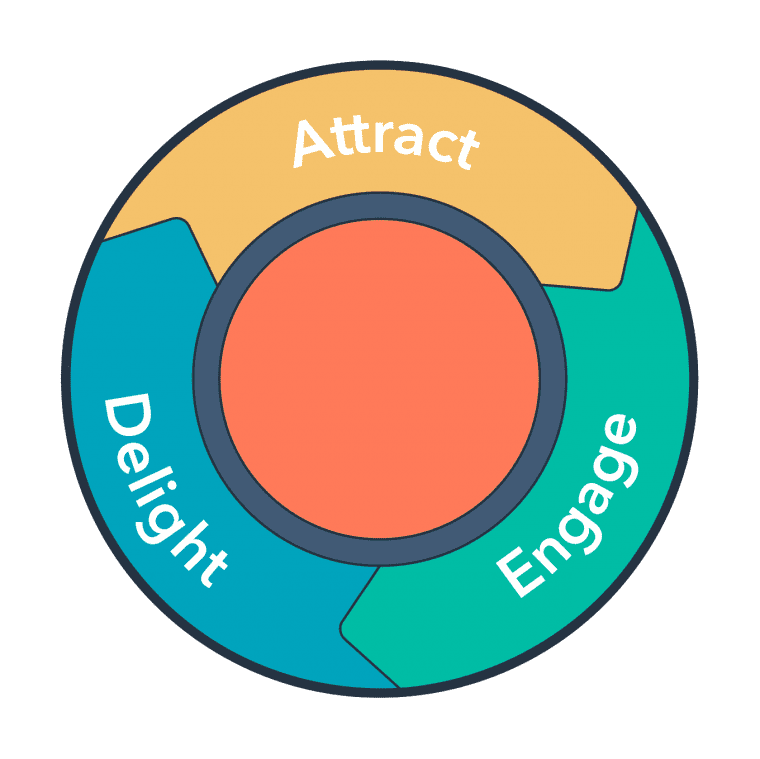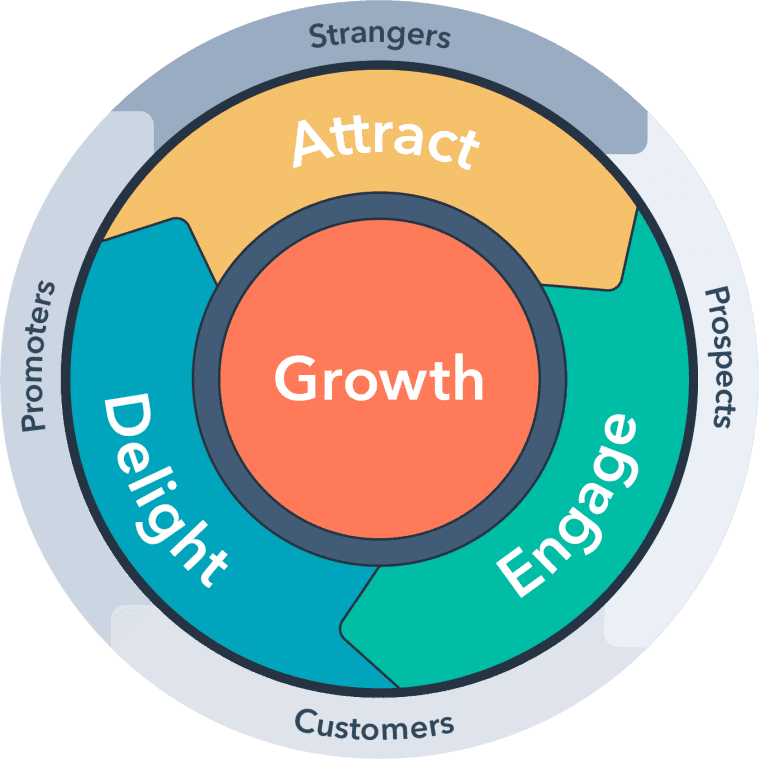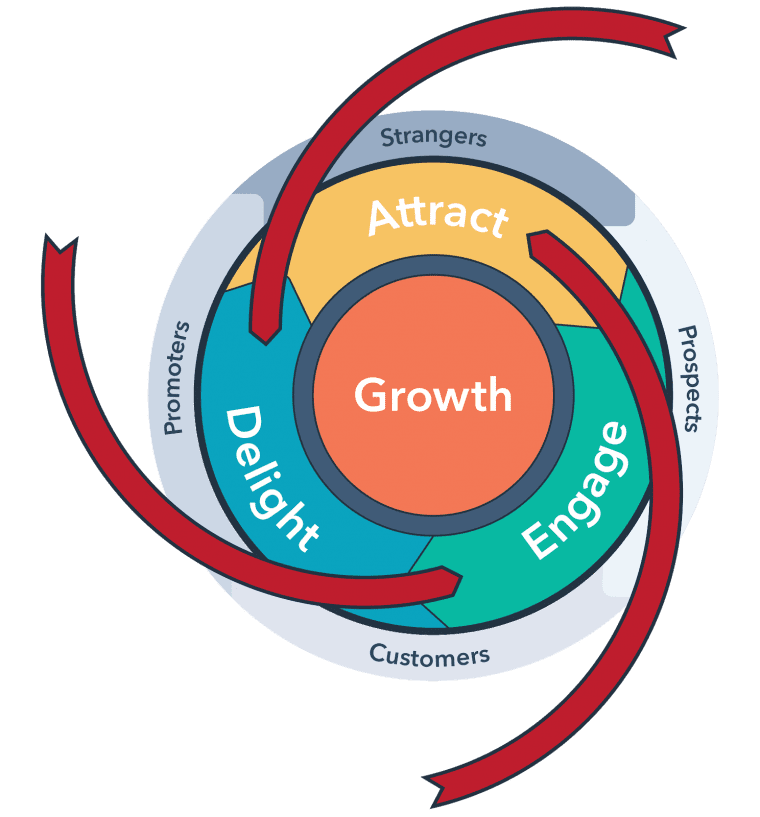What is Inbound Marketing? [VIDEO]
![What is Inbound Marketing? [VIDEO]](https://www.back9.co.nz/b9/wp-content/uploads/2021/03/What-is-inbound-marketing-600x400.jpg)
Filters
Results
Inbound Marketing is a different way of thinking, a better way! Everyone in business wants to increase brand awareness, that’s a no-brainer. Traditionally what we have seen and heard in our local market over the years is the age-old quote, “I want to get my name out there!” But… “Where is there?”
‘There” has usually meant a mass market. That place that is saturated in marketing messages and ruled by the world’s biggest brands. It is known as outbound marketing. It is interruptive and expensive. Big Brands can afford to spend millions of dollars in advertising to reinforce their name. For most, (if not all) smaller local businesses though, this ‘scattergun’ approach of telling everyone “I’m here and this is what I do!”, it simply isn’t financially viable. Not only does mass marketing seldom bear fruit for smaller businesses it’s near on impossible to measure!
So what is the answer? How do you get your name out there…? And where should “there” be?
First, you need to understand and more importantly accept that marketing has changed! This is a result of potential customers (or leads) having so much information at their fingertips–and NO, I’m not talking about the Yellow Pages where you used to let your fingers do the walking–With a phone in our pockets and access to an abundance of information, the consumer is in total control.
And the smartest, most successful companies around the world understand this.
Inbound Marketing Simplified
Simply put, Inbound marketing is a business methodology that attracts customers by creating valuable content and experiences tailored to them. While outbound marketing interrupts your audience with content they don’t always want, inbound marketing forms connections they are looking for and solves problems they already have.
To win at marketing these days, successful businesses are adopting this Inbound Marketing methodology.
What is the Inbound Methodology?
The inbound strategy – or methodology is the method of growing your organization by building meaningful, lasting relationships with consumers, prospects, and customers. It’s about valuing and empowering these people to reach their goals at any stage in their journey with you.
Why? Because when your customers succeed, you succeed.
The inbound methodology can be applied in three ways:
- Attract. Drawing in the right people with valuable content and conversations that establish you as a trusted advisor with whom they want to engage.
- Engage. Presenting insights and solutions that align with their pain points and goals so they are more likely to buy from you.
- Delight. Providing help and support to empower your customers to find success with their purchase.
When customers find success and share that success with others, it attracts new prospects to your organization, creating a self-sustaining loop. This is how your business builds momentum, and this is why the inbound methodology serves as a strong foundation for your flywheel.

What Is the Flywheel?
The flywheel is a business model adopted by HubSpot to illustrate the momentum your business can gain by prioritising and delivering exceptional customer experience.

You can spin and build momentum in your flywheel by investing in strategies that acquire and retain customers — these work as forces for your flywheel. They keep it moving.
The opposite of this is friction. Anything that slows your flywheel is friction. Often the biggest sources of friction for your customers come in the handoffs between teams. This means alignment and communication between teams are key to keeping your flywheel spinning.

When your flywheel is based on the inbound methodology, your marketing, sales, and service functions can add force and eliminate friction throughout the attract, engage, and delight phases. All organizational functions are also responsible for removing friction from your flywheel.
For example, in the attract phase, marketing will likely play the biggest role by doing things like blogging, event marketing, and running paid ads. Meanwhile, your sales team can also add force by engaging in social selling. And your customer service team can add force by making it easier for current customers to make referrals.
Once you attain enough customers and engage and delight them, they can keep your flywheel spinning by promoting your organization and bringing new customers to you. Over time, your flywheel allows you to grow without continually investing in customer acquisition. Often, your customers will help by sending people your way by word of mouth!
Examples of Inbound Marketing
Now that we’ve talked about the philosophy of Inbound Marketing, it’s time to see some real-world examples. One of the most important aspects of inbound is making sure that you send the right message to the right person at the right time. A good way to do this is by segmenting your audience. First, you need to know who you audience actually is compared to who you think it is. Sometimes those two match up, but other times you might discover there’s a different group that’s attracted to your business. A target market workshop can help you nail down the right people for your specific company.
To reach the kind of people who are a good fit for your company, create messages tailored for them. Then send the message out to them. Digital platforms like Google Ads and Facebook Advertising have these features built-in. Digital platforms like these have fantastic measurement too. You can easily see how many people saw and engaged with your message. Those combined with a great website that informs and educates your buyer can attract, engage, and delight the right people for your business.
Adopting an Inbound Marketing approach
Adopting an Inbound Marketing approach is a long game. it involves really investing in delivering what your potential customers are wanting or needing. Then marketing to them based on which stage of the buyer’s journey they are on. Since Inbound Marketing is a philosophy, it can involve making some big changes. But these changes are worth it! Companies that adopt the inbound approach get better leads and repeat customers.
Many businesses find working with a marketing agency helps make the transition easier. But how do you choose the right one for you? Take a look at our article about how to choose the right Marketing Agency for your business to find out more.





